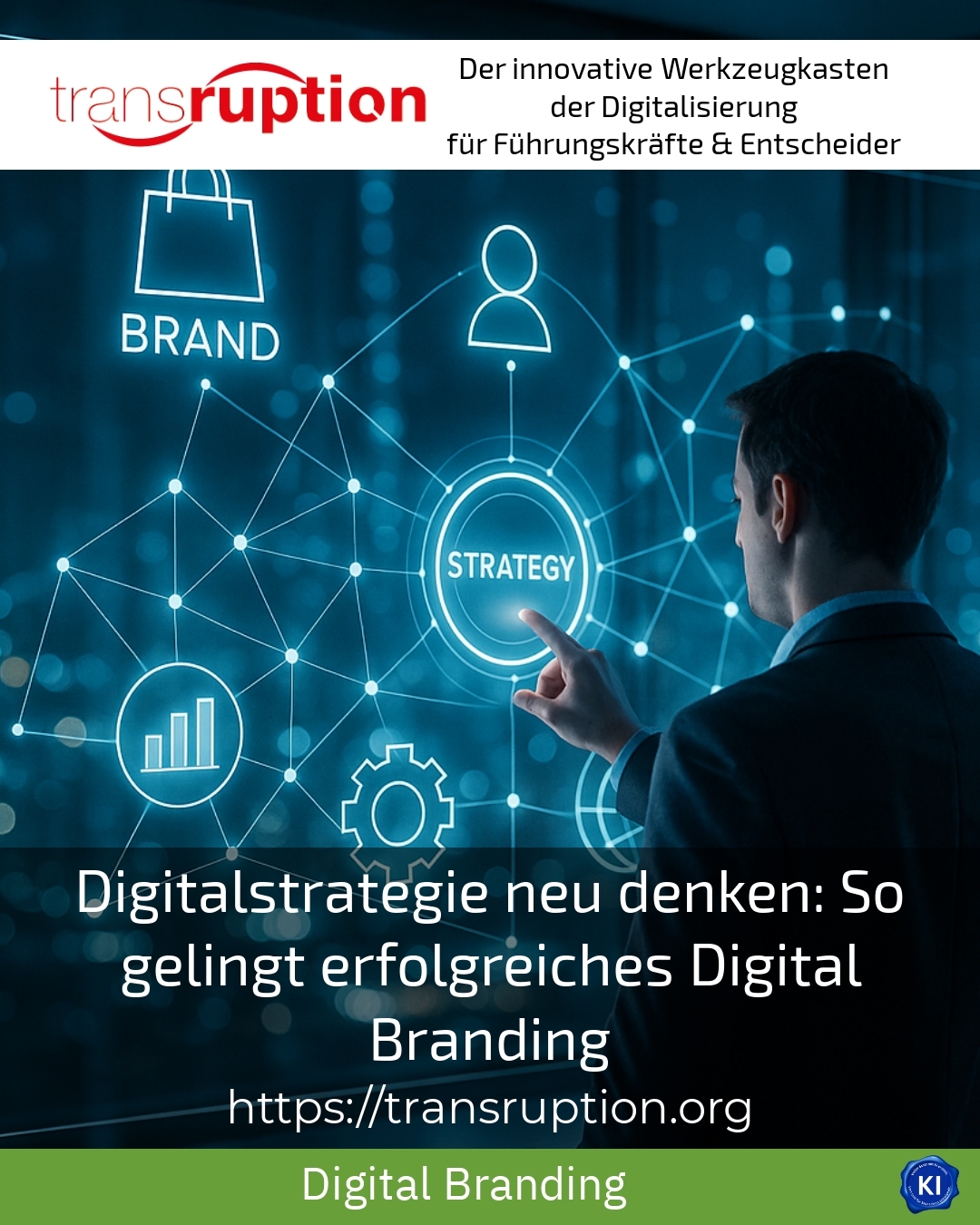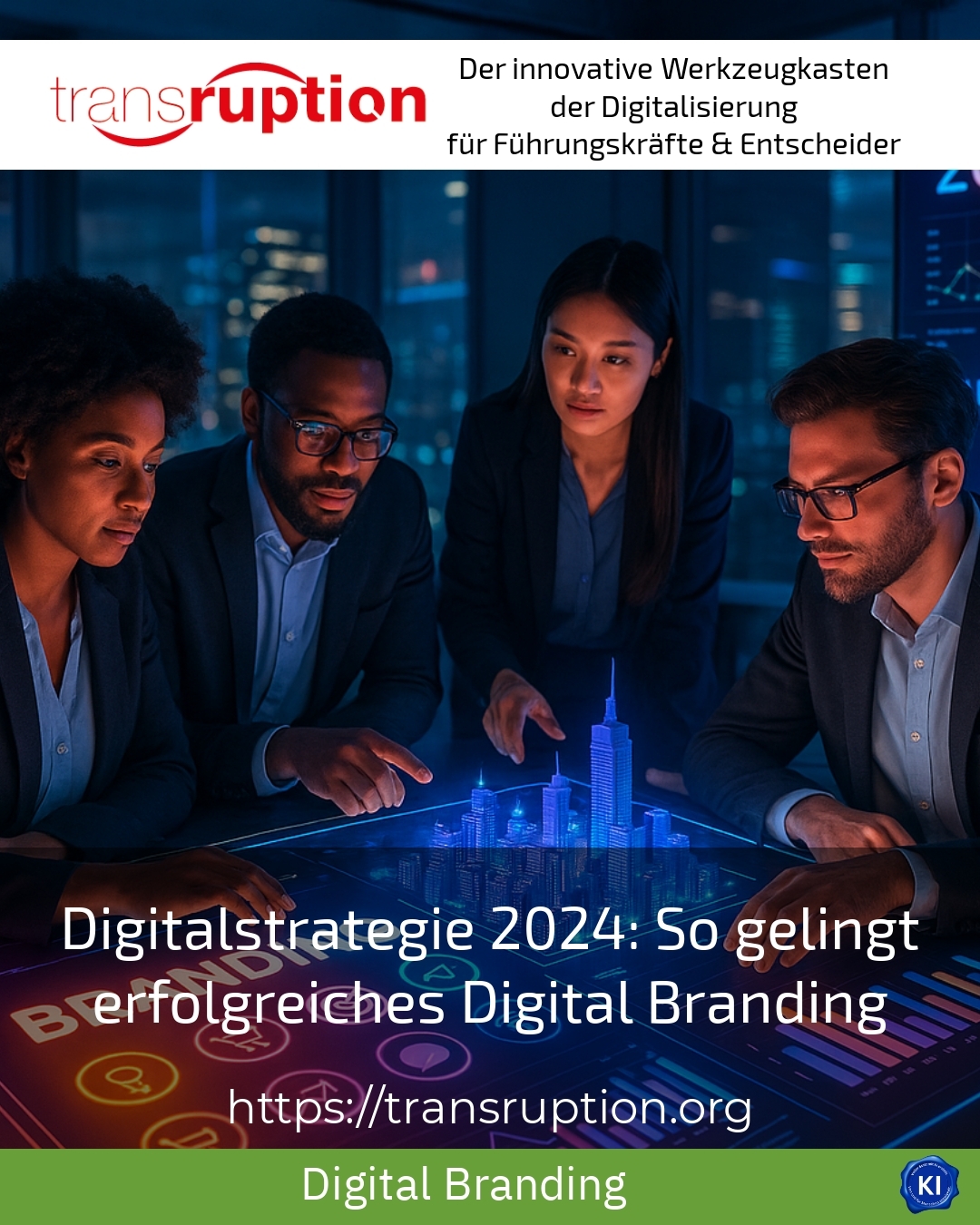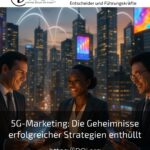Proximity advertising offers companies an innovative opportunity to reach customers at precisely the right moment and increase the conversion rate. It enables consumers to be addressed directly and in a personalised way at the point of sale or near the product. In this way, you not only attract attention, but also create a shopping experience that is often accompanied by interest and satisfaction.
Why proximity advertising is becoming indispensable in the marketing mix
More and more companies are realising that traditional advertising methods alone are no longer sufficient to attract the fleeting attention of customers. Proximity advertising creates a clear advantage here because it picks people up exactly where they are about to make a purchase decision. For example, retailers use beacons, small Bluetooth transmitters that provide customers with personalised offers when they are in or near a shop.
A well-known example is McDonald's, which used beacons in Istanbul to target coffee lovers with vouchers directly on site. The campaign resulted in a significant increase in sales because people were encouraged to buy at exactly the right moment. Amazon Go also works with such technologies to provide customers with a seamless, contactless shopping experience. These examples illustrate how proximity advertising acts as an interface between digital and brick-and-mortar retail while also providing data for strategic decisions.
Practical examples and applications of proximity advertising
Proximity advertising is effective in a wide range of industries. In retail, automated discount promotions can be pushed via smartphone as soon as customers approach certain products. For example, a fashion chain could surprise its in-store visitors with a limited discount on selected jeans.
In the catering sector, digital cards and coupon offers via Wi-Fi hotspots enable direct interaction with guests - for example, a welcome drink for new customers. Museums use proximity technologies to provide visitors with additional information on exhibits or special tours via their smartphone, thus enhancing the experience.
BEST PRACTICE with one customer (name hidden due to NDA contract) This international retailer implemented beacons in its shops and achieved an increase in customer frequency of 15 % within three months. The personalised push messages on current offers received over 40 % engagement, resulting in a measurable increase in sales.
Important tips for successful implementation
For proximity advertising to work optimally, the technical infrastructure should be carefully planned. This includes the strategic placement of transmitters and ensuring that customers have activated Bluetooth and consent to its use. Data protection and transparency are also key to building trust and increasing acceptance.
Personalisation is at the heart of an effective proximity campaign: ensure that content is delivered in a relevant and timely manner. For example, a short-term advert of an exclusive discount increases the likelihood that a purchase decision will be made immediately.
It is also important to train employees so that they understand the technology and can provide customers with competent support. The combination of digital technology and personalised advice creates a harmonious customer experience and promotes customer loyalty.
Proximity advertising - a strong partner for customer contact
Targeting customers in their immediate environment helps companies to place their marketing messages with pinpoint accuracy. This not only increases the response to campaigns, but also strengthens trust in the brand - because customers feel that their interests are being taken seriously.
Some retailers report impressive successes: For example, temporary sales promotions and customer loyalty programmes have been made much more effective through proximity advertising than would have been possible with traditional methods. The technology accompanies customers and companies through the entire purchasing process and supports automation and individualisation.
BEST PRACTICE with one customer (name hidden due to NDA contract) A restaurant used Wi-Fi-based proximity marketing to provide regular customers with personalised food offers and event information. This led to a significantly higher revisit rate and an expanded customer base.
My analysis
Proximity advertising offers modern and innovative options for reaching customers at the decisive moment and gently guiding them towards a purchase. It combines a personalised approach with technological advances to create a relevant and enjoyable experience. Companies from the retail, catering and service sectors benefit equally from a strategy that consciously uses proximity and context. It is important to use proximity advertising with sensitivity so that customers feel supported and not pressurised.
Companies that actively use proximity advertising can strengthen their customer loyalty, promote sales and gain valuable long-term data that can be used in further marketing measures. Personalisation and real-time capability in particular make proximity advertising an indispensable building block in the modern marketing mix.
Further links from the text above:
Proximity marketing at ShippyPro
Glossary on proximity marketing at VersaCommerce
5 things about proximity beacons at MokoSmart
Location-based vs. proximity marketing at Elaine.io
Explanation of proximity marketing at Ryte
Customer experience and proximity marketing with Wi-Fi at Ucopia
Proximity marketing in retail for stores & shops
What is proximity marketing? at Blupassion
Proximity marketing with beacons at Vodafone
Proximity marketing for bricks-and-mortar retail at Retail Concepts
For more information and if you have any questions, please contact Contact us or read more blog posts on the topic internet Return on Investment - Marketing here.
















